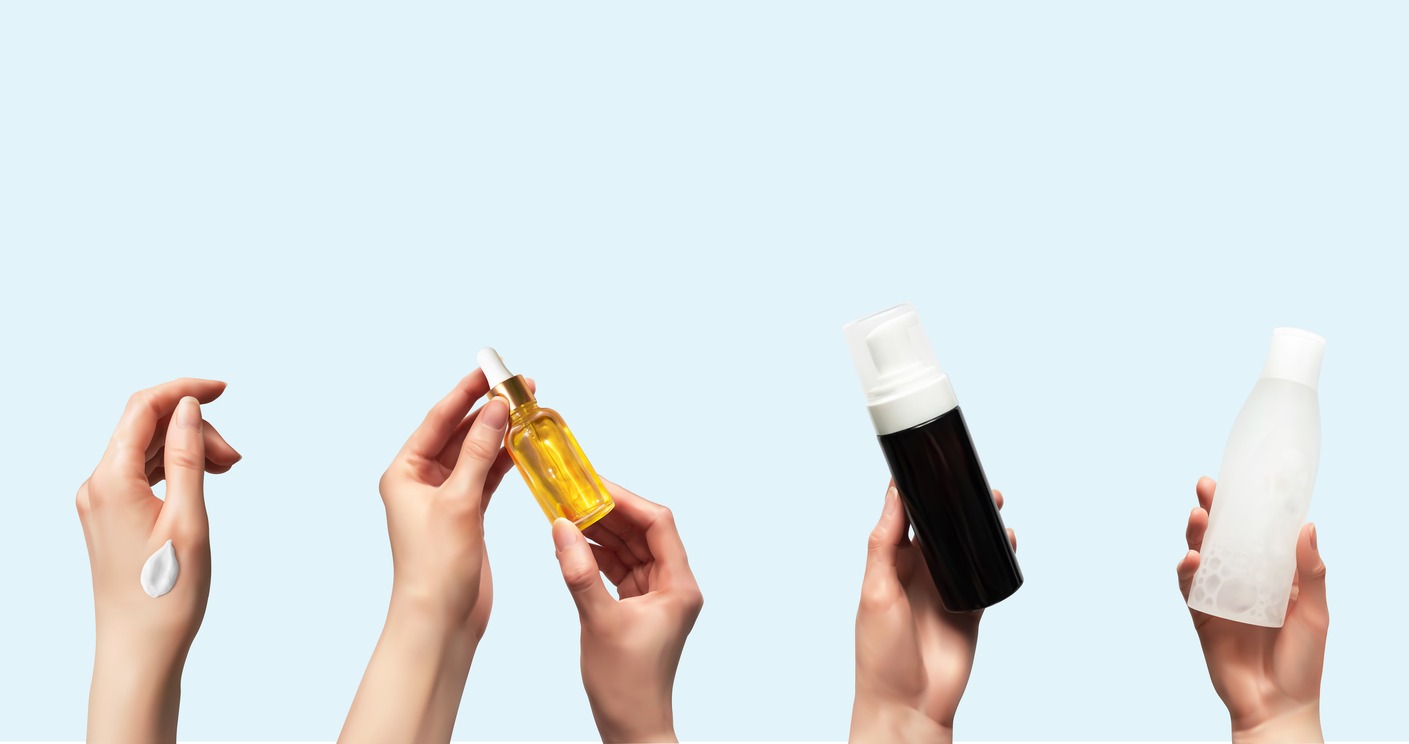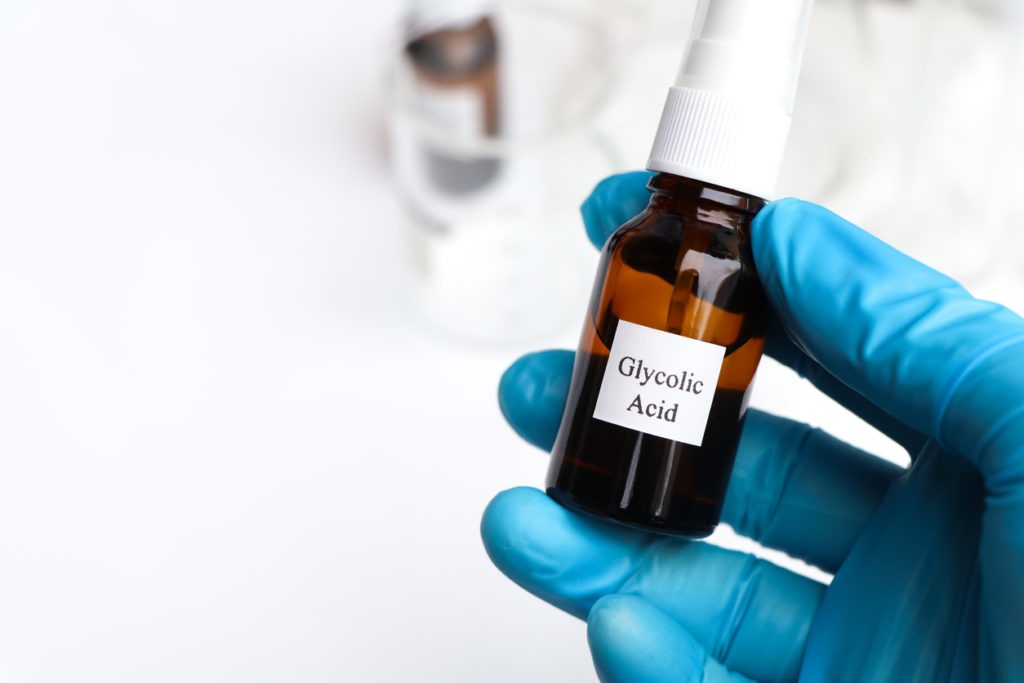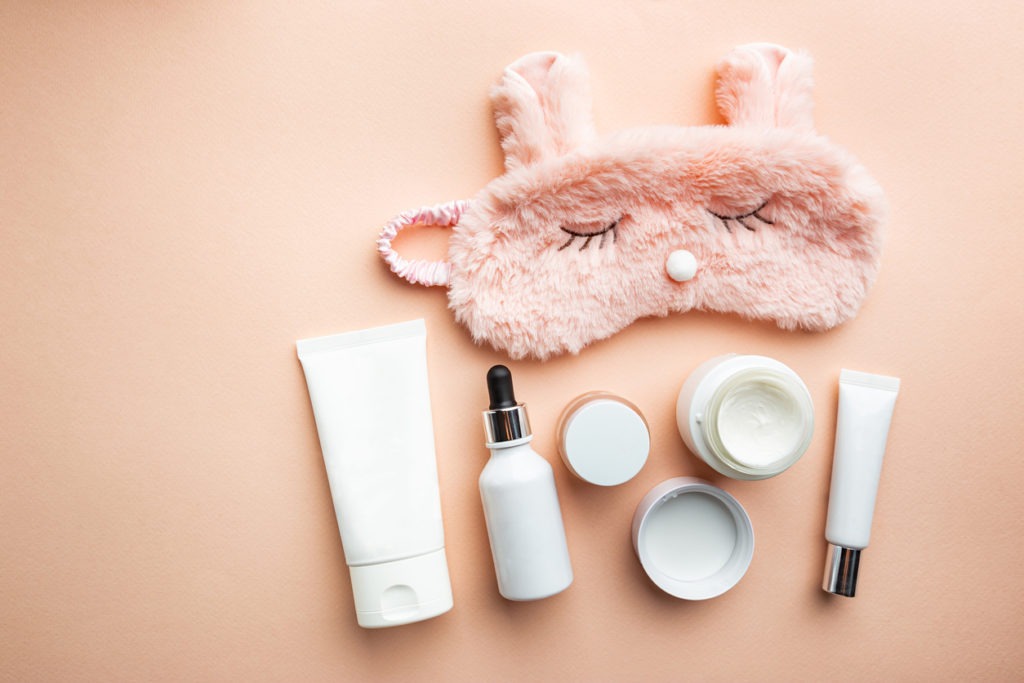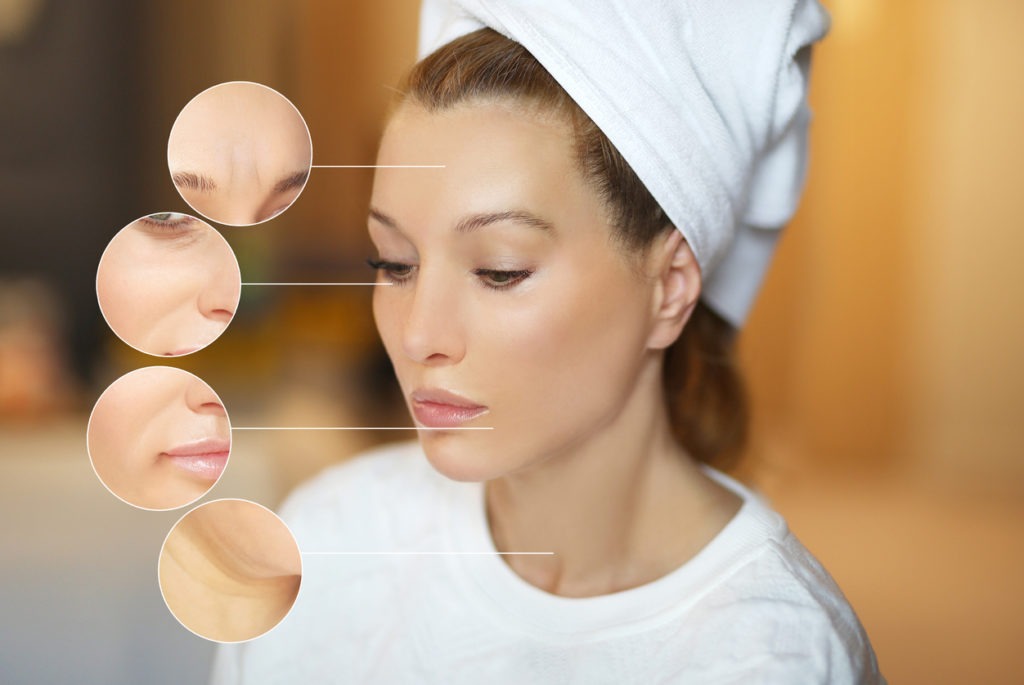Maintaining a consistent skincare routine is a great method to maintain the health of your skin and lessen signs of aging or damage. Alpha hydroxy acids (AHAs), such as glycolic acid, have a variety of favorable effects on your skin. Although glycolic acid is frequently found in skin care products and in-office chemical peels, not everyone is aware of its potential efficacy as a component of a skin care regimen. Discover this incredible ingredient’s inner workings and how you may use it to address some of your most pressing problems.
What is Glycolic Acid?
Glycolic acid is a substance that naturally exists in certain fruits, beets, and sugarcane. It has no smell and no color in its pure state. Acid used by cosmetic companies frequently originates from laboratories rather than from natural sources.
Glycolic acid is a member of the class of acids known as alpha hydroxy acids (AHAs). Glycolic acid is a type of AHA that is found in sugar canes. AHAs are frequently found in skin care products. Citric acid, which is found in citrus fruits, malic acid, which is found in apples, and lactic acid, which is found in milk are some of the other types of AHA. Glycolic acid has the lowest molecular size of the three, which probably enables it to penetrate the skin more deeply.
What are the Properties of Glycolic Acid?
The following properties are present in glycolic acid:
- Antibacterial: According to a study published in 2020 [1], glycolic acid can prevent bacterial development at specific concentrations.
- Exfoliative: As a chemical exfoliant, glycolic acid gently dissolves the top layer of oil and skin cells to remove it. Glycolic acid doesn’t require harsh scrubbing like mechanical exfoliants such as face scrubs and brushes.
- Anti-Aging: Some of the processes that result in visible signs of skin aging can be slowed down by glycolic acid. For instance, it can lessen sun damage and boost the skin’s production of collagen and hyaluronic acid. [2] These substances provide the skin its structure and elasticity.
- Humectant: Additionally, glycolic acid functions as a humectant, attracting and binding water to skin cells. It accomplishes this by boosting the production of glycosaminoglycans, which are water-attracting molecules in the skin.
What is Glycolic Acid For?
Glycolic acid is used to treat acne scars, aging skin, dark skin areas on the face, and acne. Stretch marks and other conditions are also treated with it, but there isn’t any solid scientific data to back up these claims.
- Acne Scars: Glycolic acid application to the skin, either alone or in combination with microneedling, appears to lessen acne scarring.
- Aging Skin: When glycolic acid is applied to the skin, wrinkles and other aging and sun damage effects appear to be diminished.
- Dark Skin Areas on the Face: Glycolic acid application to the skin, either alone or in combination with other treatments, appears to lessen melasma of the mixed and epidermal types. However, dermal-type melasma, which develops in a deeper layer of the skin, doesn’t appear to benefit from it.
- Acne: For those 12 years of age and older with mild to moderate acne, using glycolic acid topically appears to help reduce acne.
How is Glycolic Acid Used?
It is important to seek advice from a medical expert, such as a dermatologist, before using glycolic acid, especially if a person has an ongoing skin condition. For some people, glycolic acid is not suitable for their skin type or skin condition. Whether the product is appropriate for a particular person can be determined by a healthcare practitioner. Additionally, it’s crucial to wait until sunburned or damaged skin has fully recovered before applying glycolic acid.
When someone is fully ready to use glycolic acid, they ought to do the following steps:
- Do a Patch Test: On a small patch of skin that is not on the face, test the product. In this manner, it is possible to determine whether the skin will be able tolerate it. Only apply it to your face if no symptoms appear.
- Start Slow: It is preferable to use glycolic acid sparingly at first and at a low concentration. Following the directions on the product label, a person can gradually increase their use if the skin feels smoother and doesn’t exhibit any signs of an unpleasant response. Use it only as directed by a doctor or the label. Do not use it more often than recommended.
- Choose One Product: There is no requirement to use a whole line of glycolic acid-containing skin care products. To achieve the benefits, only one product is required. One new product at a time also makes it possible to monitor its effectiveness.
- Use at Night: Since glycolic acid increases the likelihood of getting sunburned, some people prefer to use it at night.
- Apply Sunscreen: When using AHAs, always complete your routine by applying sunscreen before going outside. The FDA suggests using sunscreen every day while undergoing therapy and for at least a week after.
How Does Glycolic Acid Work?
AHAs work by dissolving the glue-like substance holding dull and dead skin cells on the topmost layer of your skin, revealing younger, healthier skin. Additionally, glycolic acid appears to aid in reversing skin damage from the sun. Additionally, it promotes the growth of new cells, which enhances the texture, tone, and brightness of the skin. Additionally, because glycolic acid has the lowest molecular size of any AHA, it is the most bioavailable and active, allowing it to penetrate the skin the fastest.
With each year that goes by as you age, collagen production declines. Collagen can also be broken down by environmental irritants like pollution and sun exposure. Glycolic acid can keep your skin looking young and vibrant by preventing the breakdown of collagen in your skincare routine.
What are the Benefits of Using Glycolic Acid?
According to research, glycolic acid may be beneficial for the following concerns:
- Acne: An older study from 1999 [3] looked at how 80 acne-prone women responded to a peel containing 70% glycolic acid. According to the study, it effectively treats all forms of acne, especially comedonal acne, which develops when pores become blocked with oil and dead skin cells. However, it should be noted that this concentration of glycolic acid is only offered as a chemical peel. Products containing glycolic acid sold over-the-counter (OTC) are not this potent. [4]
- Sun Damage: Skin damage can be brought on by UV light exposure. This manifests as sunspots, hyperpigmentation, and wrinkles on the skin. Medical professionals call this photoaging. According to a study from 2020, [5] glycolic acid is an effective remedy for skin damage brought on by the sun. In addition, a 2018 study [6] found that glycolic acid had a protective effect against UVB rays, suggesting that it can delay the onset of photoaging.
- Lines and Wrinkles: The skin loses its elasticity and plumpness with time. Fine lines and wrinkles may develop as a result. This is a natural process that doesn’t necessarily need to be treated. However, glycolic acid might be useful for individuals who decide to treat their lines and wrinkles. According to a study conducted in 2020, [7] glycolic acid: boosts hyaluronic acid levels in the skin, which is a substance that keeps the skin moisturized; increases collagen formation, the primary structural protein in the skin; improves the rate of fibroblast and keratinocyte proliferation, aiding in skin regeneration and healing [8]; and increases elastin quality, which encourages skin elasticity.
- Warts: Small, hard skin growths called warts are brought on by viruses. In 31 HIV-positive kids with warts, a 2011 study [9] examined the efficacy of a 15% glycolic acid treatment. The findings show that although the treatment helped to flatten and normalize the color of the warts in 10% of the subjects, it did not fully remove them. In another study from 2011, [10] 20 people with warts were treated with a gel that contained 15% glycolic acid and 2% salicylic acid to see how well it worked. According to the study, the gel performed admirably. However, both of these studies were somewhat small, so additional research is required to support these conclusions.
Summary
Chemical exfoliants like glycolic acid are produced naturally by some plants. It is present in many skin care products and treatments, despite the fact that cosmetic companies often use glycolic acid produced in laboratories.
This substance offers moisturizing, anti-aging, and exfoliating qualities. It raises the levels of compounds that aid in collagen formation and skin regeneration. To prevent negative consequences, it is important to use it properly.
A person should consult with a doctor before using a product that contains glycolic acid. When beginning a treatment, it is important to take things slowly and to use sunscreen whenever you are outside for a while after applying glycolic acid.
Reference
[1] https://www.ncbi.nlm.nih.gov/pmc/articles/PMC7198592/
[2] https://onlinelibrary.wiley.com/doi/10.1111/jocd.13570
[3] https://pubmed.ncbi.nlm.nih.gov/10343939/
[4] https://www.ncbi.nlm.nih.gov/pmc/articles/PMC7198592/
[5] https://onlinelibrary.wiley.com/doi/10.1111/jocd.13570
[6] https://www.ncbi.nlm.nih.gov/pmc/articles/PMC6017965/
[7] https://onlinelibrary.wiley.com/doi/10.1111/jocd.13570
[8] https://www.ncbi.nlm.nih.gov/pmc/articles/PMC4211362/
[9] https://jamanetwork.com/journals/jamadermatology/fullarticle/1105448
[10] https://www.ncbi.nlm.nih.gov/pmc/articles/PMC3175803/




